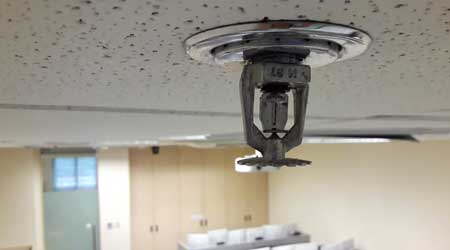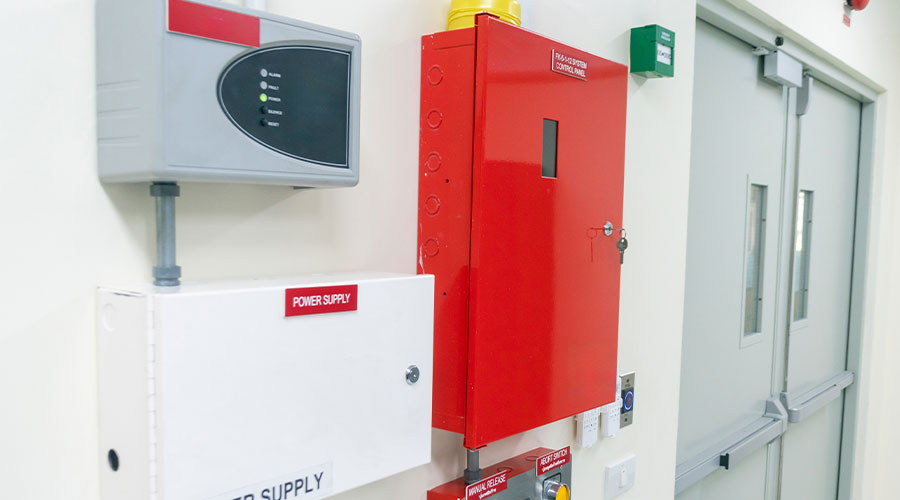How to Ensure an Accurate Test Report After Annual Fire Alarm Inspection
NFPA 72 requires the AHJ and service provider file a test report — here's what you need to know to make sure this is done right.
After completing the annual test, the technicians must report any impaired devices to the building owner or manager. Remediation must be put in place before a repair takes place. If the system is out of service for more than eight hours, NFPA 72 requires the service provider to notify the AHJ and generate a test report after the test. The 2010 edition of NFPA 72A contains a sample report.
The report details: building, owner and testing-contractor information; type of fire alarm system; type of service; system power; annunciators; notifications made before testing; testing result; notifications that testing is complete; system restoration time and date; and certification signatures. Managers must retain the records until the next test and for one year after, per NFPA 72, 14.6.2.1.
As fire alarm systems age, they require more frequent maintenance in accordance with manufacturer’s instructions and standard industry practice. The frequency or schedule depends on the type of equipment, age and conditions. Most maintenance activities involve calibrating alarm sensors per manufacturer specifications, removing dust and debris and servicing batteries. A typical fire alarm system has a life expectancy of 15-20 years, so knowing the system’s age and history helps a manager to determine maintenance costs and future replacement budget.
As manufacturers discontinue support for fire alarm systems, parts can become scarce. When an older system experiences trouble conditions or catastrophic failures, a full replacement might be warranted due to the lack of available parts. The labor cost of emergency replacement and fire watch often are higher than a regular replacement. Managers who do not know a system’s age or history can turn to the manufacturer’s website for information on systems no longer supported, or they can consult local fire alarm system suppliers.
Rock Meng is the president of Capitol FPE, a life safety and fire protection consulting company. He is a registered fire protection engineer in five states and has more than 20 years of experience in fire alarm design and installation.
Related Topics:














